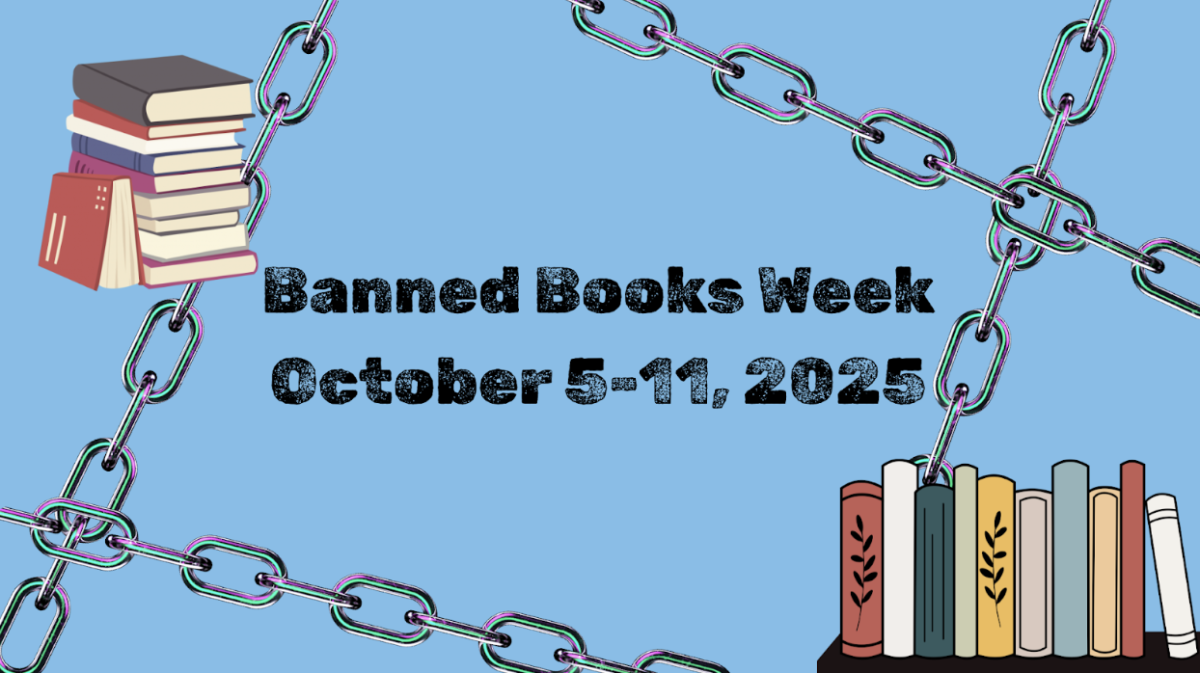Media shapes viewers’ perception
February 10, 2017
In recent times, we have started to trust every word that the media has said to be perfectly honest and correct. We trust it completely to give us accurate information, and we almost never question their words. The media can shape our worldview and change our attitudes about all kinds of subjects, from where to shop, people to admire, political views, and much more. The word “media” can mean different things to different people, but to most, it includes news broadcasts, newspapers, social media sites, and magazines.
The media will always say that news is never used as a form of entertainment, but rather, is something citizens need to know in order to understand the world in which we live. People are told that the only way they will really know the truth about current events is by watching the news. Most news stories never have a real impact on viewers; in fact, they often give us a negative view of the world. News stories are chosen by the idea that viewers hold an interest for morbid or unusual activity. For example, a young woman that was kidnapped would receive more footage than an old man that died in a car accident. When most people hear that an old man has passed away, they don’t give it much attention because older people passing away is very common; it’s not something new or exciting. A woman getting kidnapped is not a subject we hear about often so we, as viewers, get hooked and continue watching to find out more about the gruesome news.
We often complain about the amount of violence, bias, and commercialism in mass media, but when we are looking for a channel to watch, we only give each show a few minutes to entertain us before moving to the next one. In those few minutes, the show must have content that will attract and hold our attention. Like I said before, people will be more interested in something that they do not hear about, or see, often more than something that is normal and expected. For example, when the news comes on, people pay more attention to breaking news than to an update of a story from months ago. This is because the breaking news will be about something the viewer has never heard before, and the update will be something old; parts of it will be repetitive, and often when we hear something we’ve heard before, we tune it out or move on to something new. In the media, old is rarely ever gold.
It is human nature to become engrossed in bad news. Whenever something good happens to someone on the news, we think to ourselves, “yay good for them” and move on with our lives. Whenever something dreadful happens, we start asking questions; we become interested in the story. We can take books for an example. In every book there is a problem. It’s part of the hero’s journey, and no story is complete without it. Whenever we start a book, we only continue reading so we can find out how the characters solve the complication. If we picked up a book that had no problem and was about a person whose life is perfect and nothing ever went wrong, most people, me included, would put that book down and choose another one because there’s no entertainment in a happy, unflawed story. There’s nothing to look forward to and nothing to captivate the reader’s attention.
We can blame the media and say that they only show half the news or only one side of the story, but in reality, that may be the viewers’ fault. As viewers, we are only interested in problems; we don’t care much for perfect, sappy stories. The real story is in a struggle, and those are the types stories that are presented to us most often, because those are the stories that capture the most attention and awareness.







